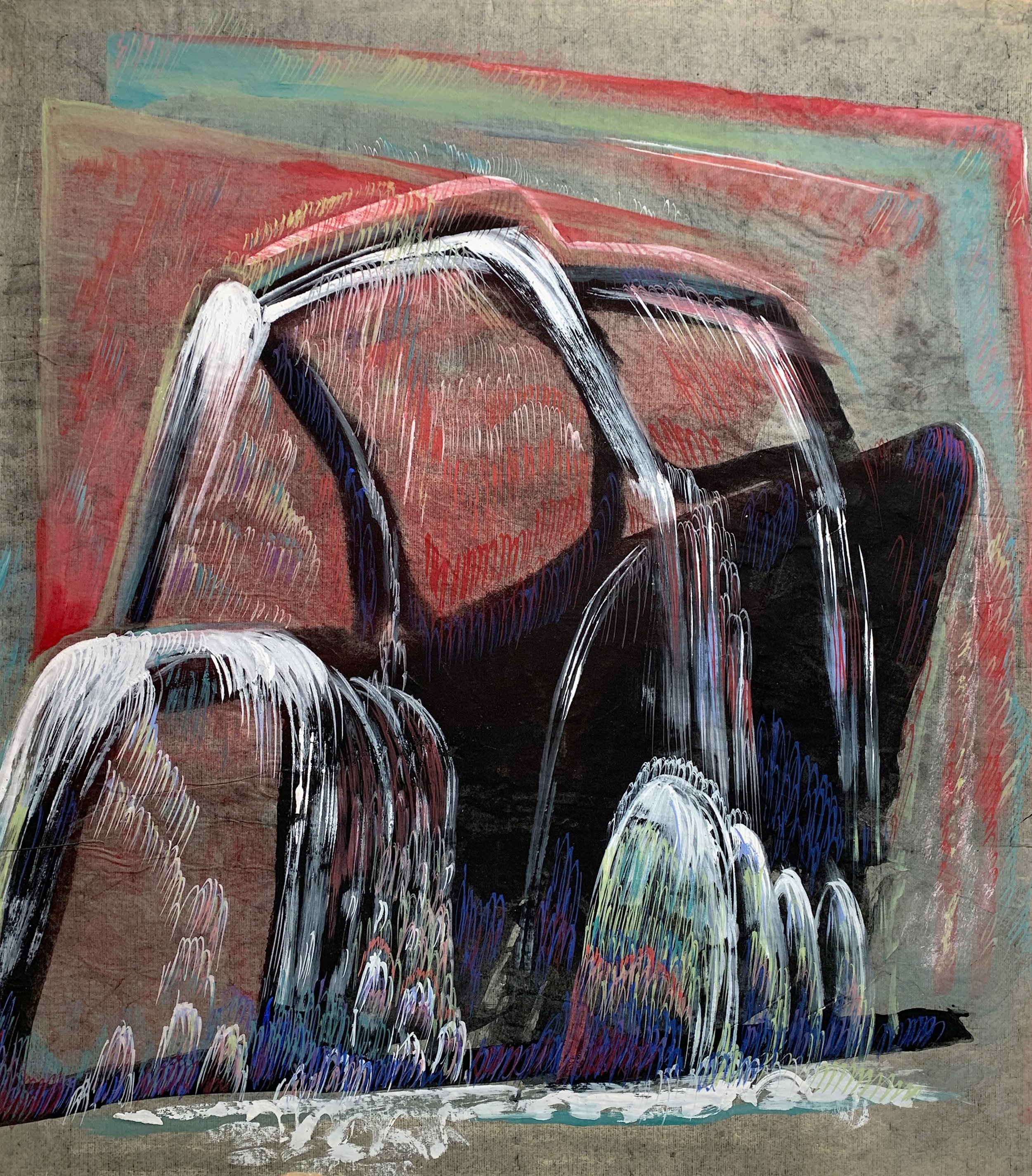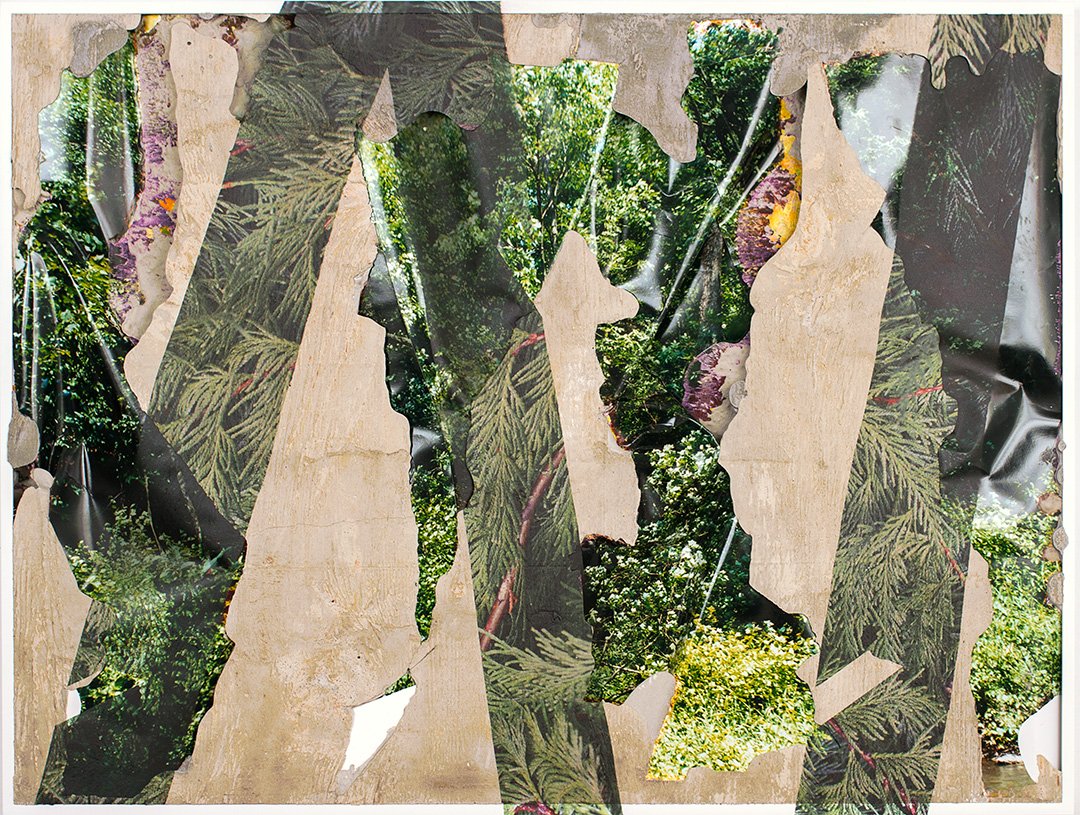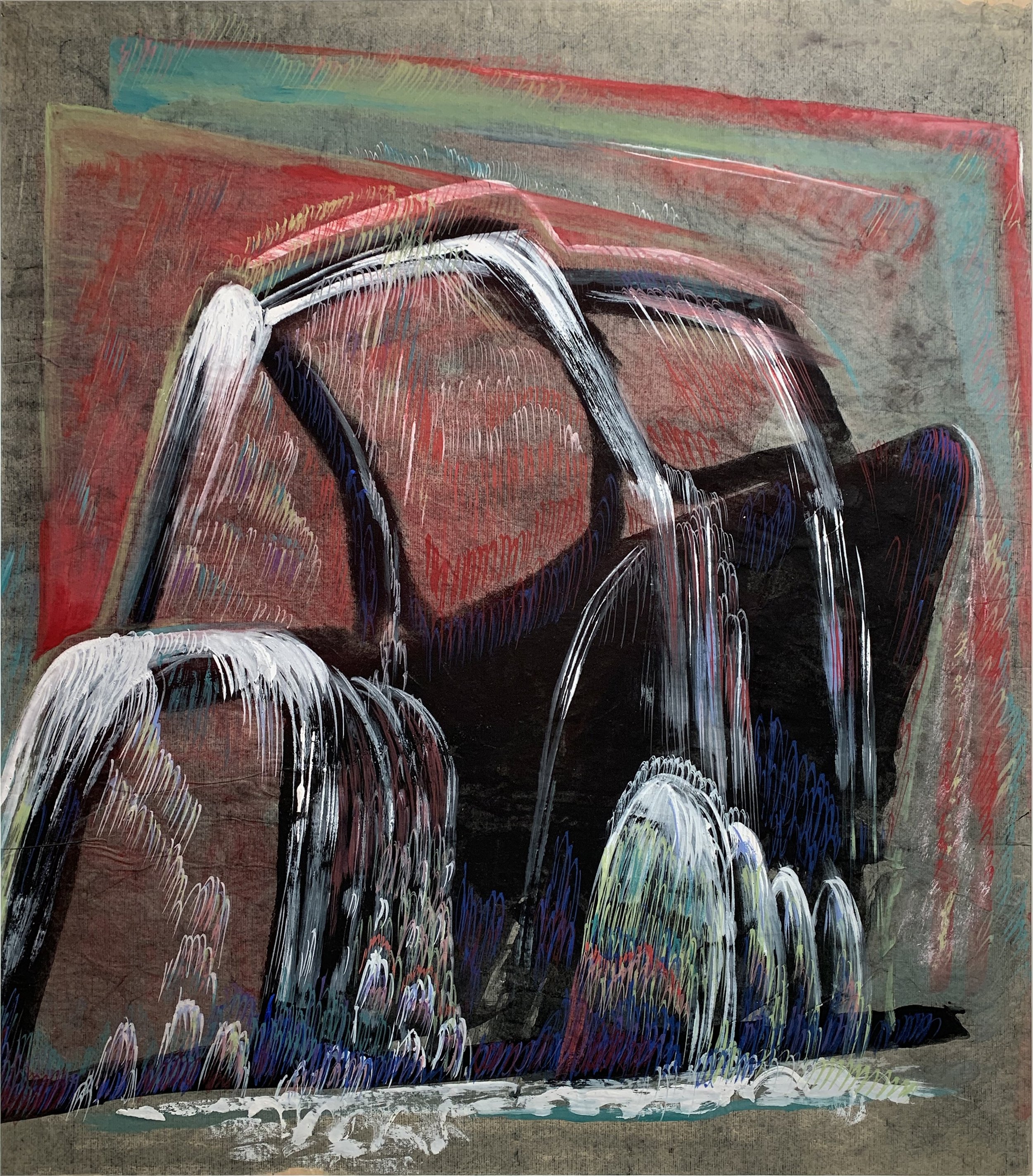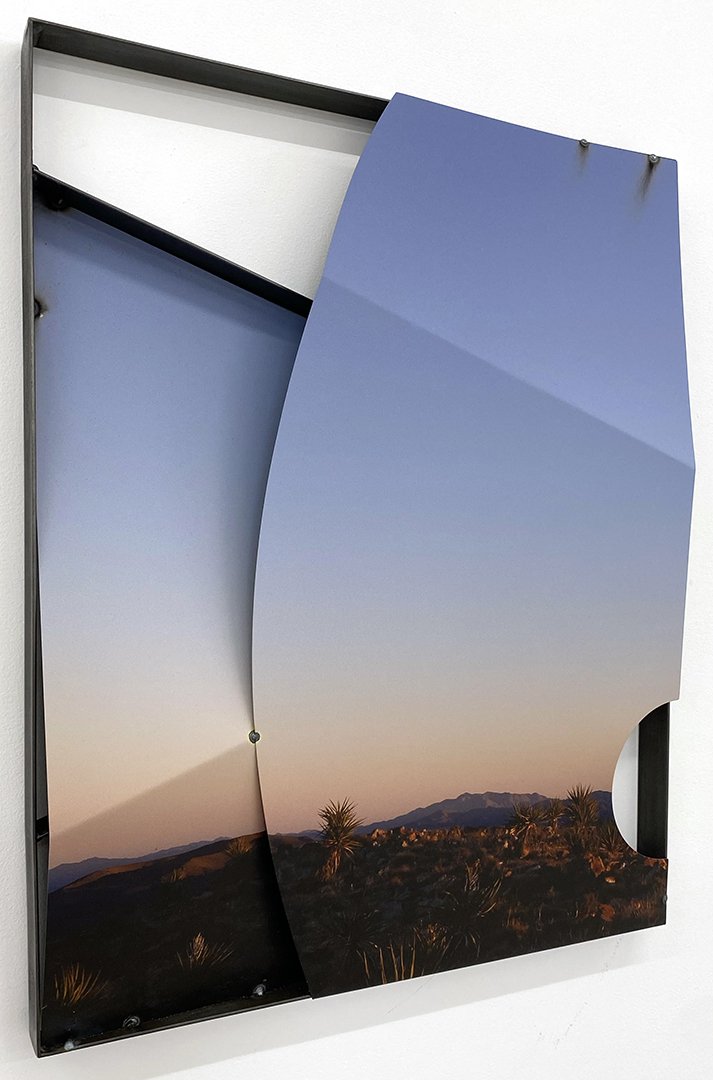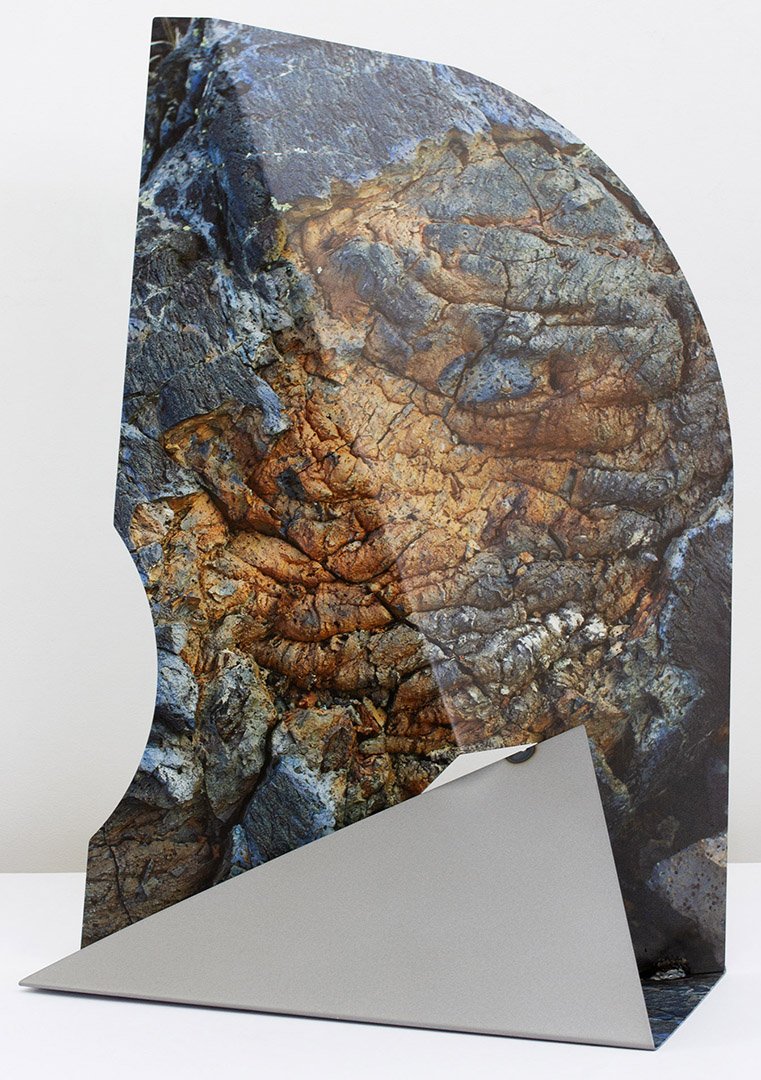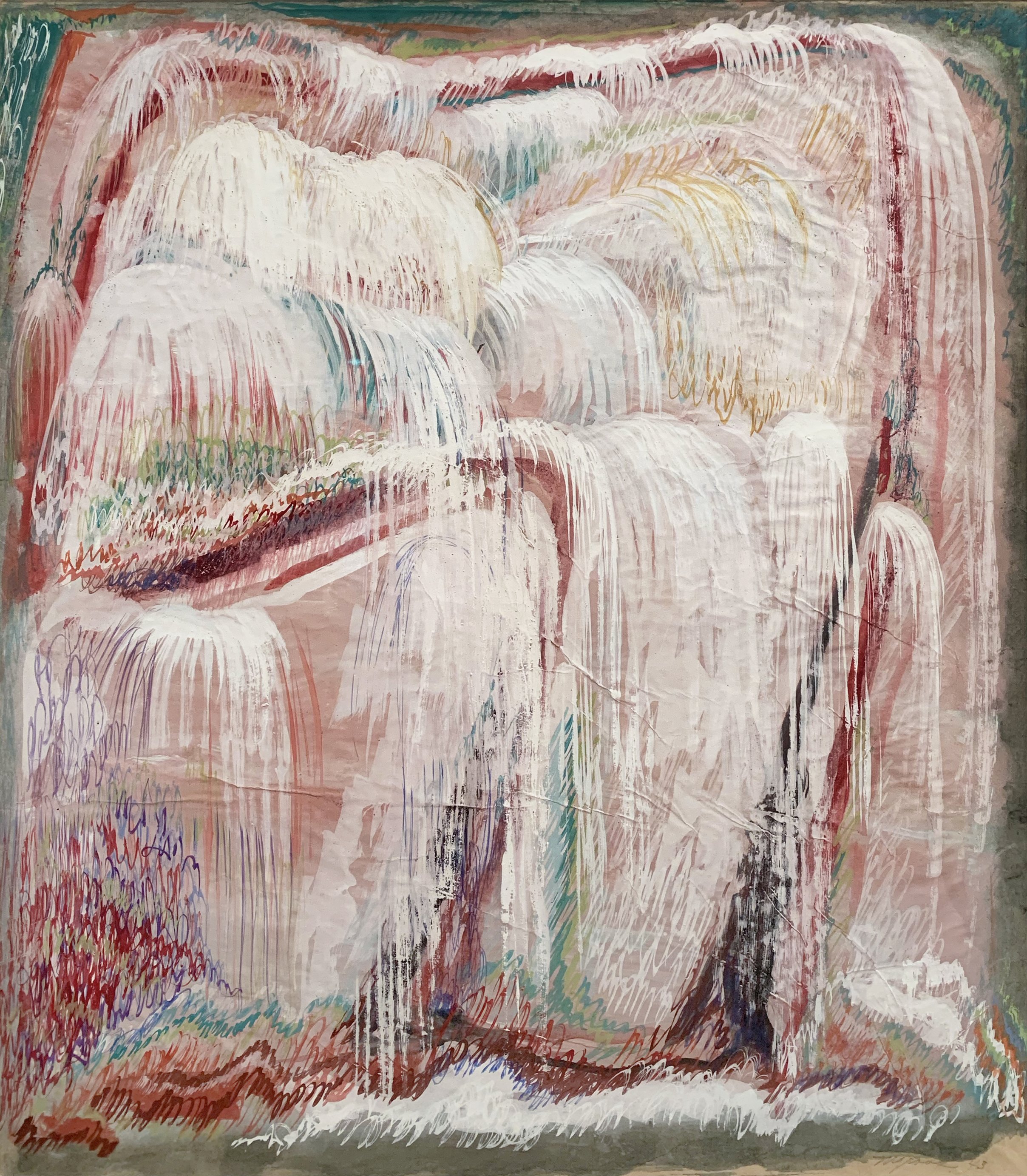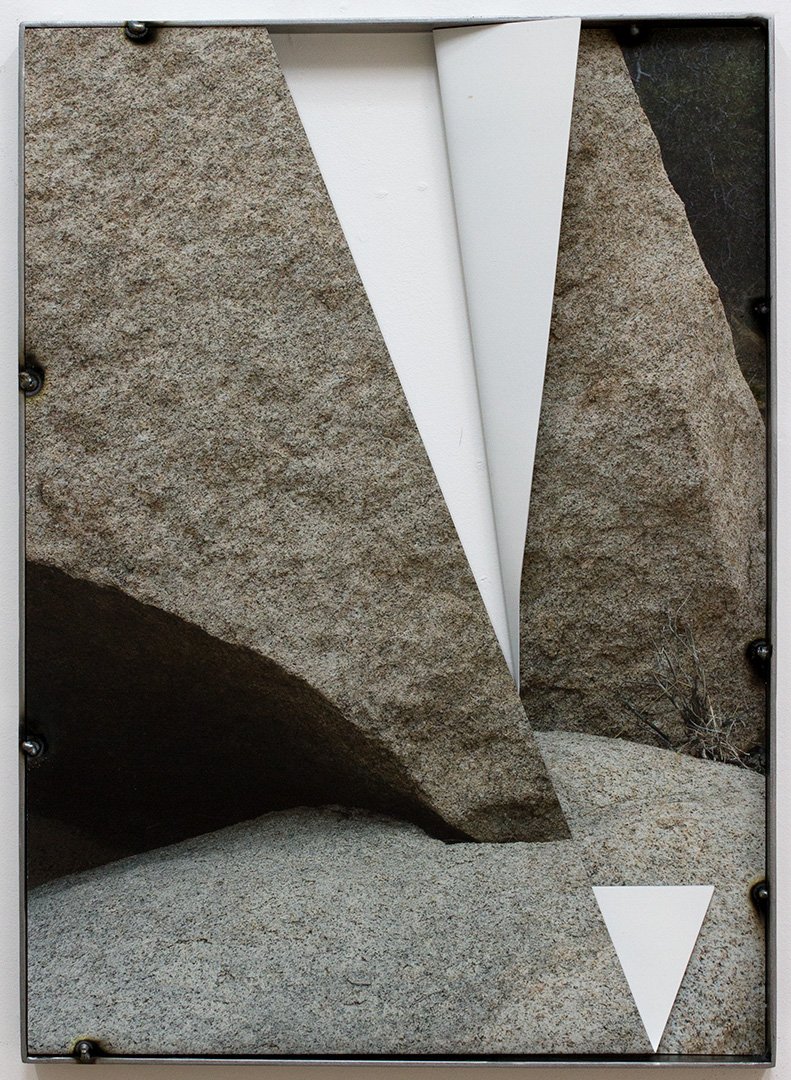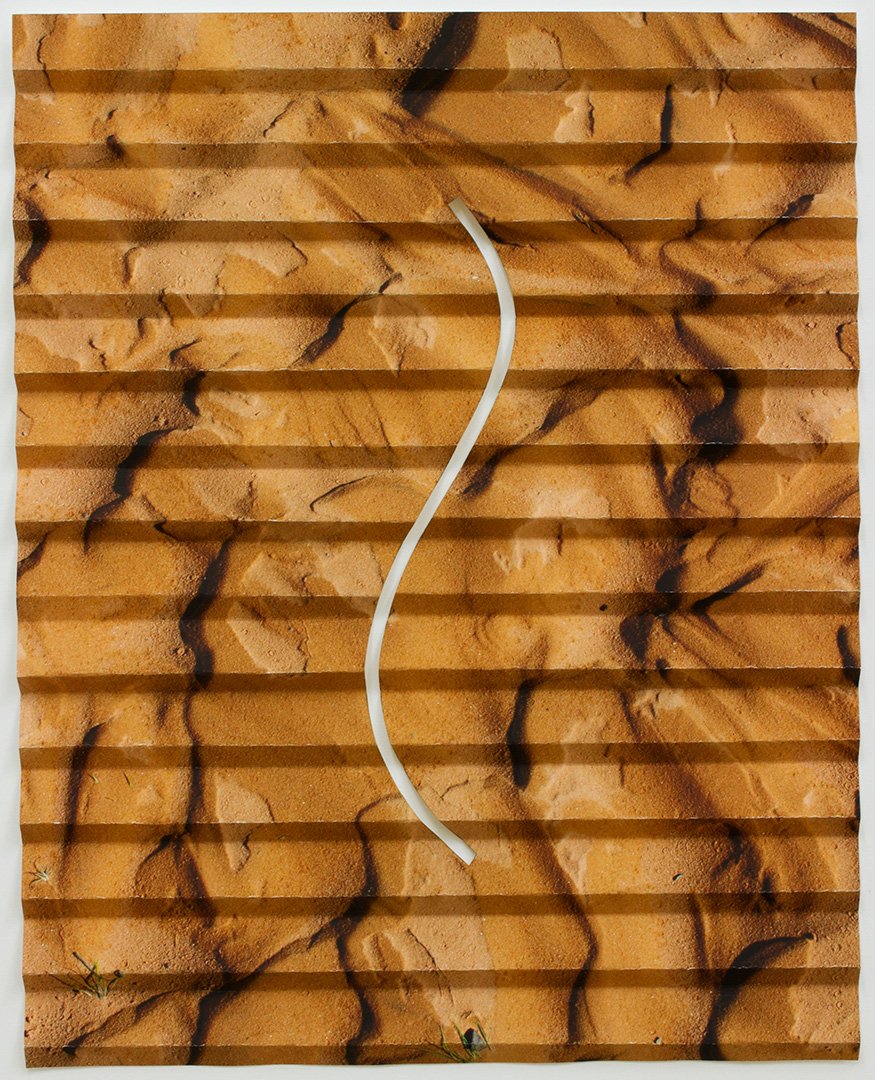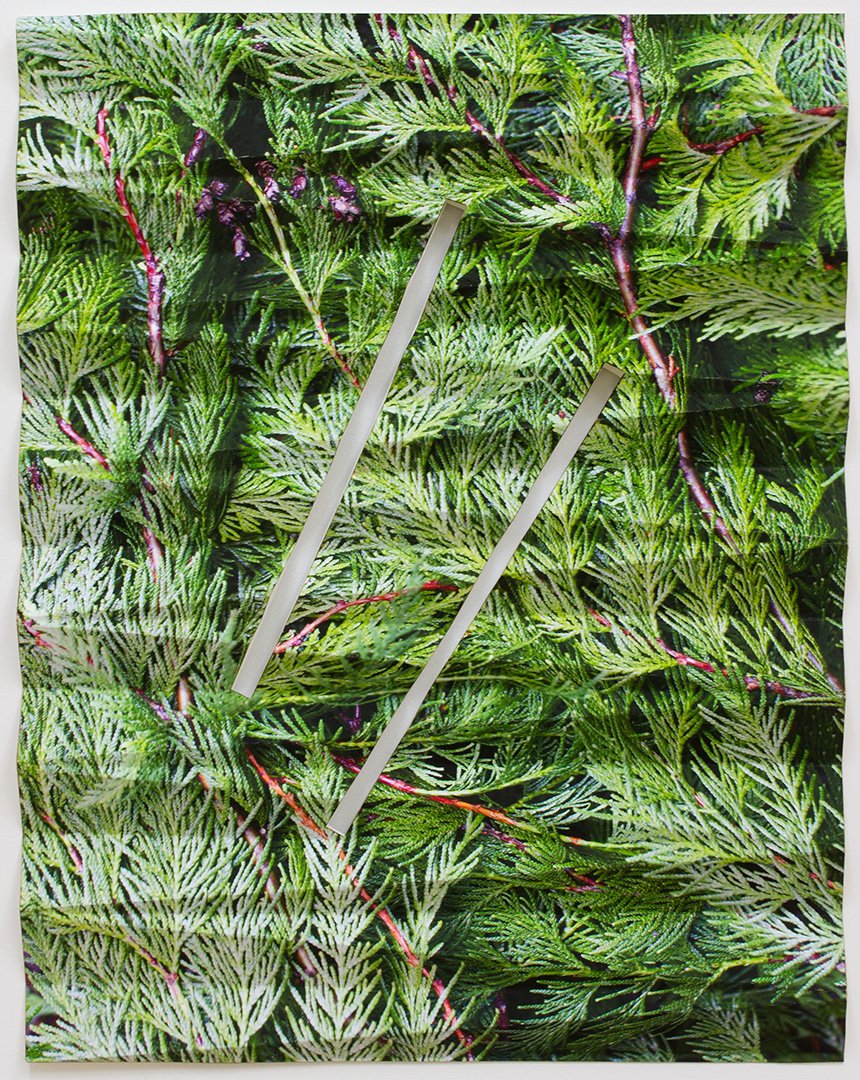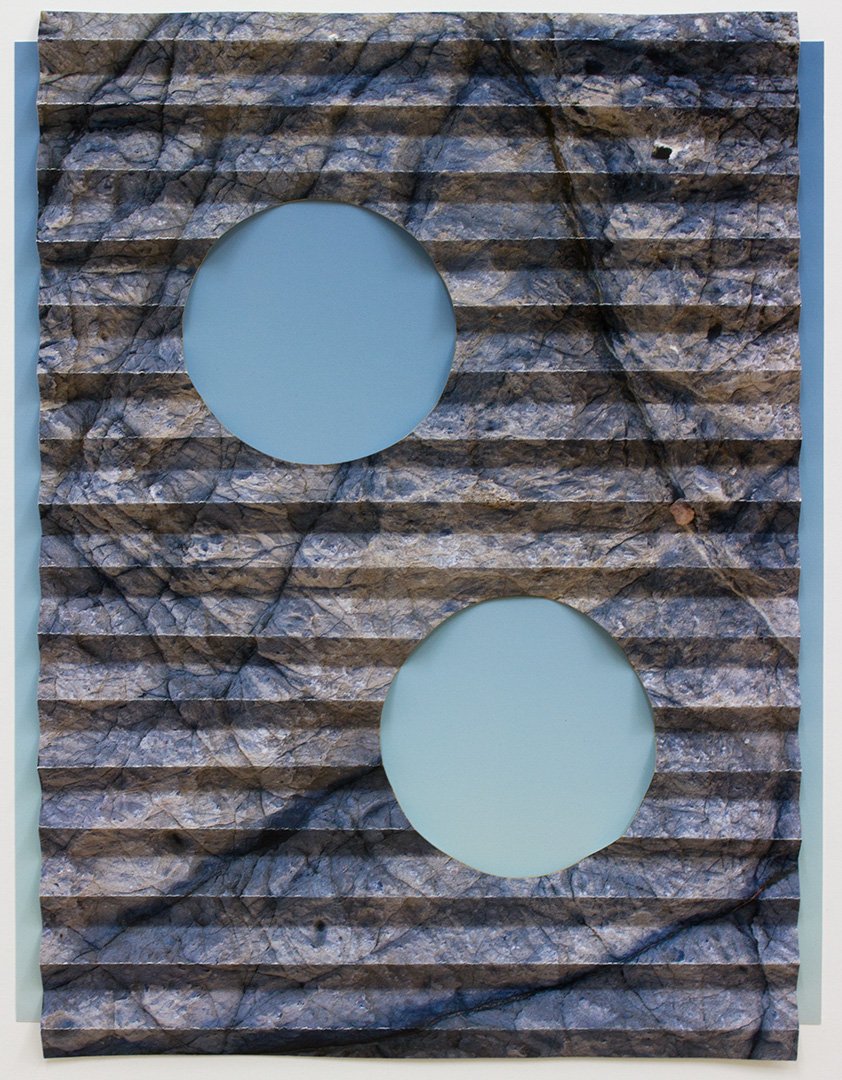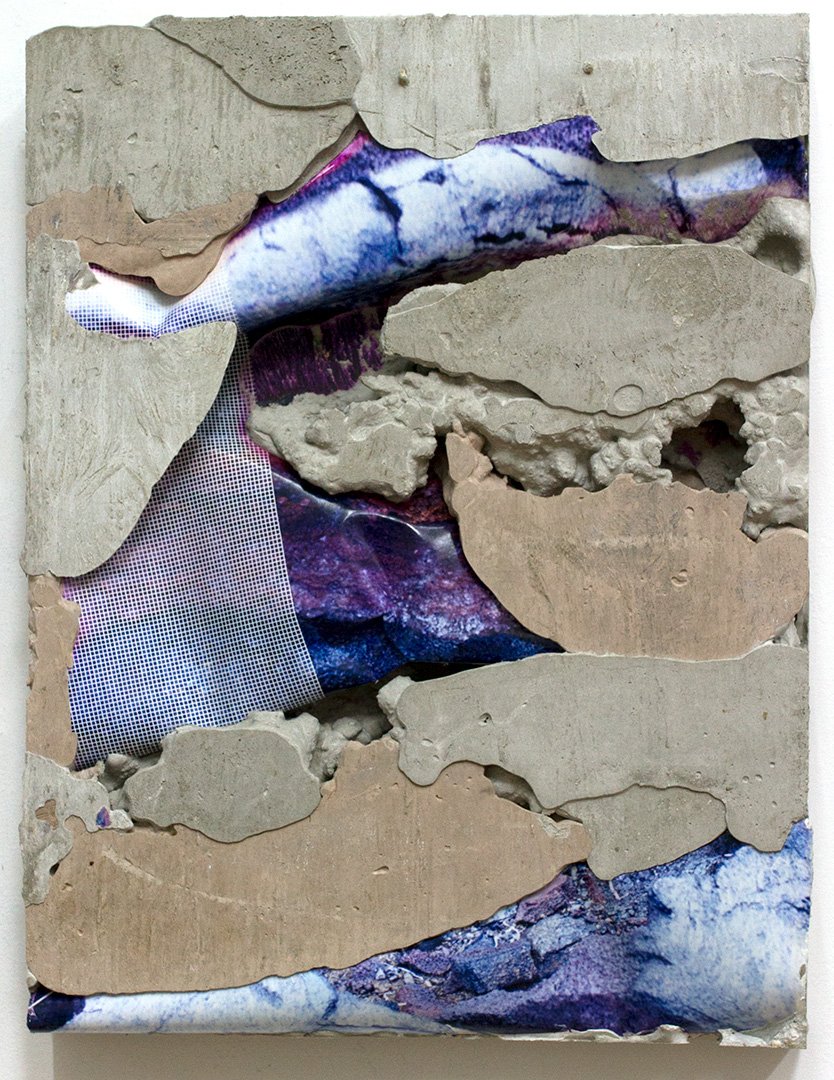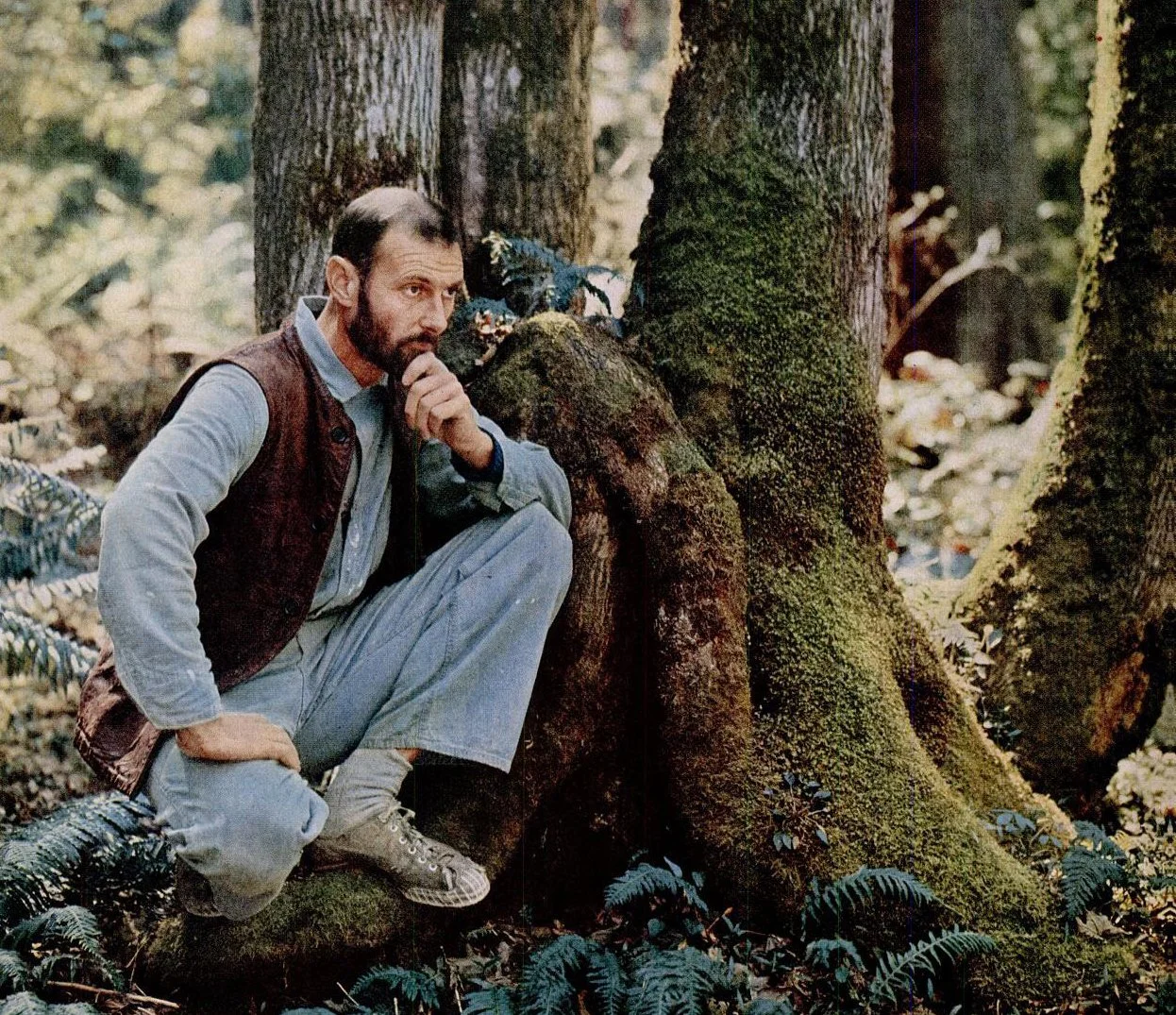Ardent Mystic: Morris Graves, Mariah Robertson, Letha Wilson
January 4th - February 24th, 2024
Press Release
Heroes Gallery is pleased to present works by Mariah Robertson and Letha Wilson in conversation with historical paintings by Pacific Northwest luminary Morris Graves. As the first exhibition of Heroes’ curatorial residency at Seattle’s studio e gallery, this show pairs Graves with contemporary artists exploring landscape, the passage of time, nature’s ephemerality, and materiality.
It’s easy to argue that all artists are mystics; contemplation, self-surrender, seeking a unifying absolute and bringing form to the immaterial are all required, at some level, for an individual to make art. But Morris Graves was truly a mystic in its most traditional sense, going so far as to solidify an artistic movement defined by a 1953 Life Magazine article as the “Mystic Painters of the Northwest.” Isolating himself from the noise of the modern world and heavily influenced by Hinduism, Daoism and Zen Buddhism, Graves found solace from the suffering of the Second World War in the plants, animals and vistas of western Washington.
The two pieces in this exhibition, both painted within months of his release from a military prison for declaring himself a pacifist, depict a waterfall’s riotous white spray and glistening black rocks. Formal meditations on the enlightening and cleansing powers of nature, they express his desire to, “plumb or explode (his) belief that the spirit and content, as well as the form, painting contains—not only sustains but renews the inner meaning of living.”
Mariah Robertson is both a mystic and anarchist. Breaking every rule of photography, from removing the camera entirely to the dissolution of subject and gaze, Robertson’s photochemical galaxy-like works capture the ephemerality of a solitary darkroom performance. Working without light and in personal protective equipment, Robertson hand cuts rolls of paper and treats them with dizzying arrays of chemicals. Inspired by conceptual performance work of the 1970s and traditions of drag, persona and improvisation, her works aim to express an intangible energy in physical form. Forever a rule breaker, Robertson’s opal cosmos is more dark matter than galaxy.
Initially frustrated by the photograph’s inertness, Letha Wilson aims to synthesize landscape photography with sculptural form. The tradition of landscape photography in the United States has built our national identity; reinforcing a Manifest Destiny ethos with steadfast demand for control, dominance and frame. On top of this complicated history, Wilson folds into her work a visceral, occasionally spiritual, relationship we each have with the natural world. She describes her works as “capturing atmosphere” and “recognizing fleeting moments,” a meditation on form, texture and structure very similar to Graves' quiet moments with the waterfalls of the Pacific Northwest.
Mariah Robertson (b. 1975) grew up in California and currently lives and works in Brooklyn, NY. She received an MFA from Yale University in 2005 and a BA from UC Berkeley in 1997. Select solo exhibitions include Van Doren Waxter, New York, NY; 11R, New York, NY; Green Gallery, Milwaukee, WI; M+B, Los Angeles, CA. She has been included in exhibitions at institutions such as MoMA PS1, New York; International Center of Photography, New York; and Museum of Contemporary Art Detroit. Her work is in the permanent collections of The Museum of Modern Art, New York, and Los Angeles County Museum of Art, California, Whitney Museum of American Art; among others. Her work is currently included in museum shows at the National Museum of Women in the Arts, Washington, DC and the North Carolina Museum of Art, Raleigh NC. Robertson recently had a solo show entitled Everything counts & local reality at Van Doren Waxter, and is represented by the gallery in New York, NY.
Letha Wilson (b. 1976) was born in Honolulu, HI and raised in Greeley, CO. She currently lives and works in Brooklyn, NY and Hudson, NY, earning her BFA from Syracuse University, NY in 1998, and an MFA from Hunter College, NY in 2003. Residencies include The MacDowell Colony, Peterborough, NH, University of Nevada, Las Vegas, NV, Skowhegan School of Painting and Sculpture in Madison, ME, The Yaddo Foundation, NY, Bemis Center for Contemporary Arts in Omaha, NE, and Headlands Center for the Arts in Sausalito, CA. Wilson's work has been featured in recent solo exhibitions at GRIMM in their gallery locations in London, United Kingdom, Amsterdam, Netherlands and New York, NY; Higher Pictures Generation, Brooklyn, NY; Anderson Ranch, Aspen, CO; the Center for Contemporary Art and Culture, Portland, OR; and the DeCordova Sculpture Park and Museum, Lincoln, MA. Wilson has recently participated in group exhibitions at the The Henie Onstad Triennial for Photography and New Media, Henie Onstad Kunstsenter, Høvikodden, Norway; MASS MoCA, North Adams, MA; MACRO Museo d’ Arte Contemporanea, Rome, Italy; Essl Museum, Klosterneuburg, Austria; Bemis Center for Contemporary Art in Omaha, NE; Bronx Museum of the Arts, Bronx, NY; NY; and the Aldrich Museum of Contemporary Art, Ridgefield, CT.
Morris Graves (1910-2001) was born in Fox Valley, OR and grew up in the Northwest, for many years residing in a small, hand-crafted cabin on an island in Puget Sound called “The Rock.” A largely untrained artist, he first gained notoriety in 1942 with the inclusion of over thirty of his works in a show at the Museum of Modern Art in New York City.
In an effort to avoid the "noise" of the modern world, Graves continually pursued a reclusive life of "purposeful isolation." He traveled to Asia as a young seaman, a job that took him to Japan and China three times between 1929 and 1931, before returning to his home port of Seattle. There he befriended the avant-garde composer John Cage who was working at the Cornish School, and who shared Graves deep fascination with tantric Hinduism, Daoism and Zen Buddhism.
In 1942 he was drafted into the United States Army. Declaring himself a pacifist but failing to gain official conscientious objector status, Graves was sent to the stockade at Camp Roberts, CA, for 11 months, where he fell into a deep depression. Upon release, he spent time with a group of fellow Seattle painters who shared his interests in Asian spiritual traditions, Surrealism, and Art Nouveau. In September of 1953, Life magazine published an article titled "Mystic Painters of the Northwest" that catapulted the group, including Guy Anderson, Kenneth Callahan, and Mark Tobey, into the national limelight.
His dusky paintings of flowers, birds and animals blended American Transcendentalism with Asian philosophy, embodying each entity with poetic and symbolic qualities. He hoped that the muted, velvet tones of the forests near his home could draw the individual away from the turmoil of the Second World War, back to the beauty of an unspoiled environment. Painting his meditations and listening intently to night sounds in the woods around The Rock, Graves painted the wildlife that he imagined lived out in the darkness, often utilizing the Vedic concept that sounds and form merge.
After falling out with his cohort over various personal, political, and artistic issues, Graves spent time in Ireland and finally in 1965, purchased 380 acres of redwood forestland in Loleta, California. It’s here, painting mostly in solitude, that he lived out the remainder of his life. Graves passed away in 2001 from a stroke and established the Morris Graves Foundation, which turned his idyllic home into a current day artists' retreat.
Morris Graves ' illustrative career has included retrospectives at the California Palace of the Legion of Honor in San Francisco (1948), the Whitney Museum of American Art (1956), and the Phillips Collection in Washington (1984). His work resides in collections including, but not limited to, the Art Institute of Chicago, the San Francisco Museum of Modern Art, the Museum of Modern Art, the Whitney Museum of American Art, the Smithsonian American Art Museum, and the Los Angeles County Museum of Art. He is represented by Woodside/Braseth Gallery in Seattle.
